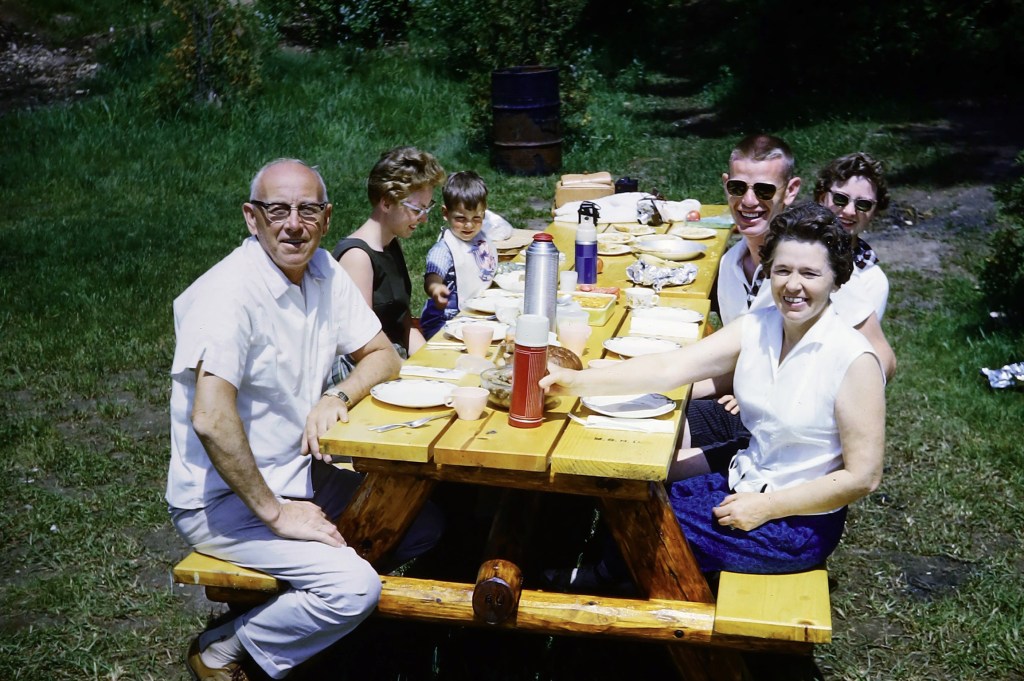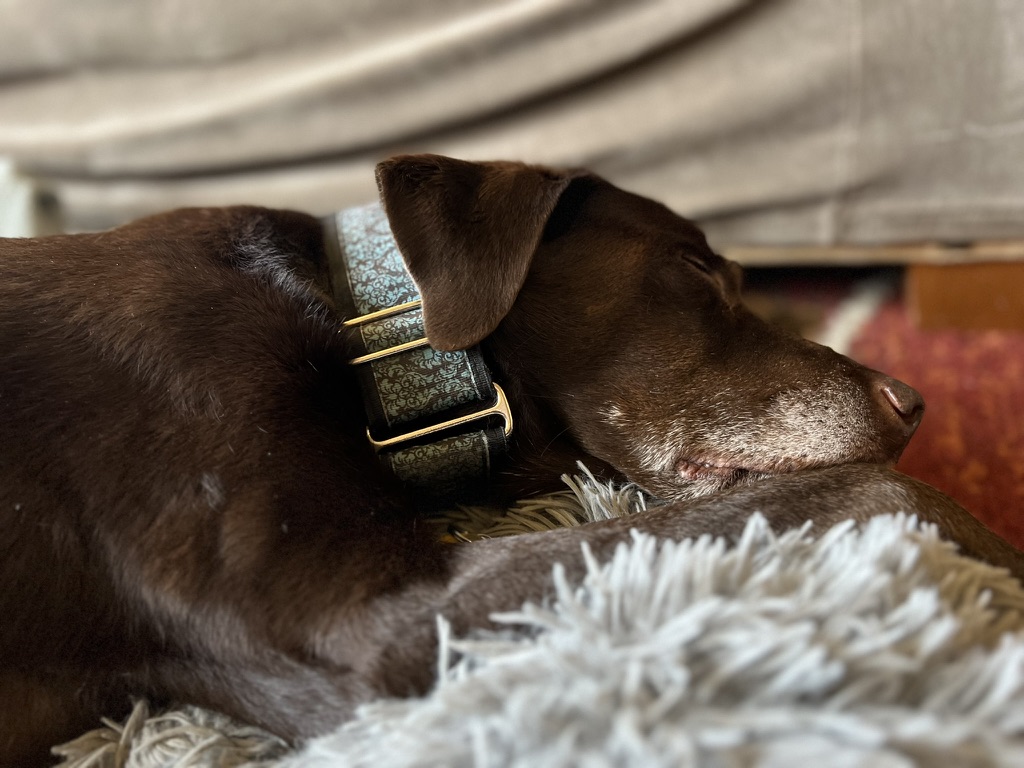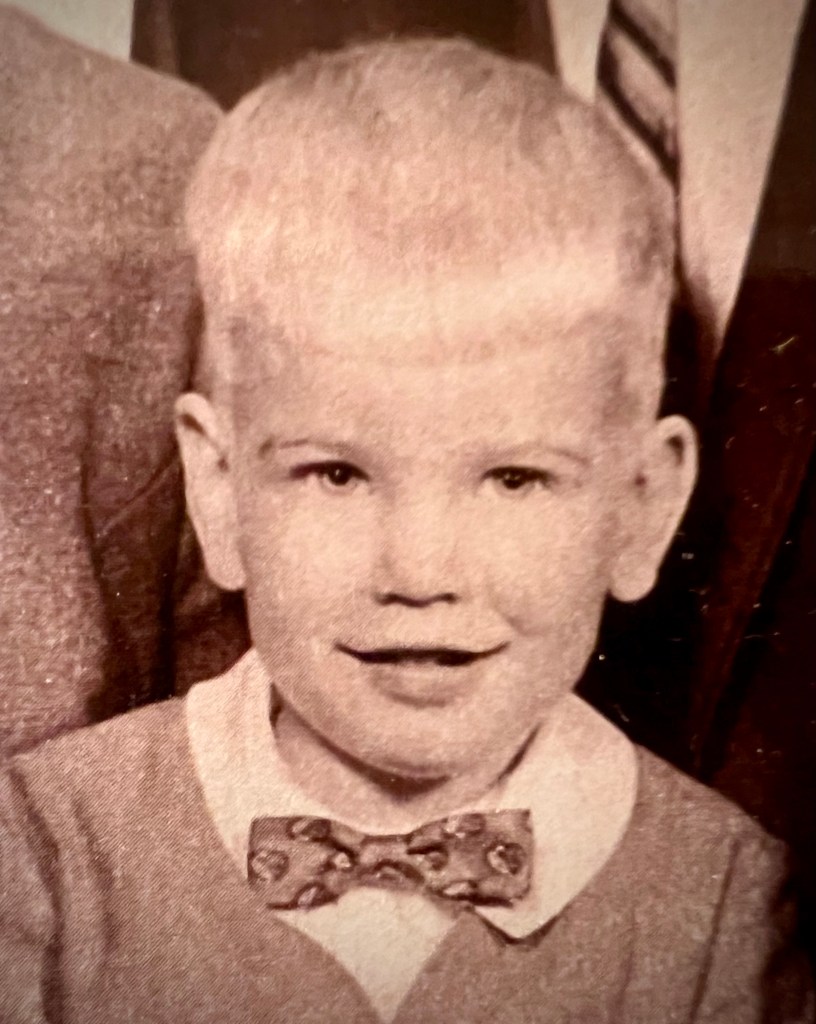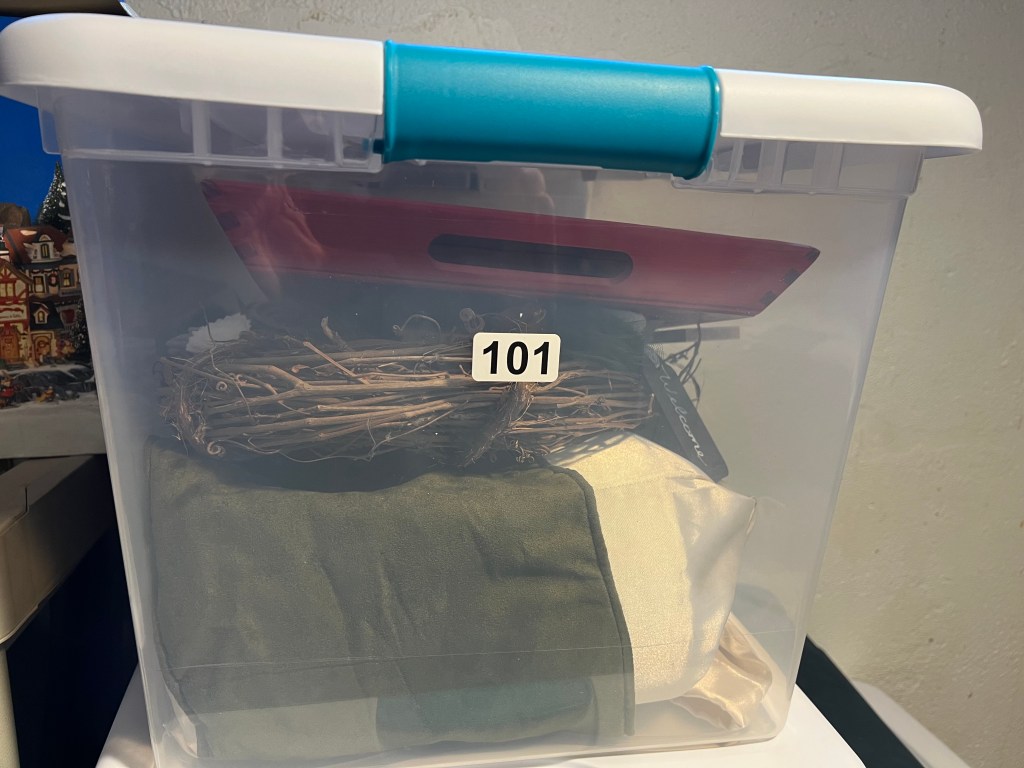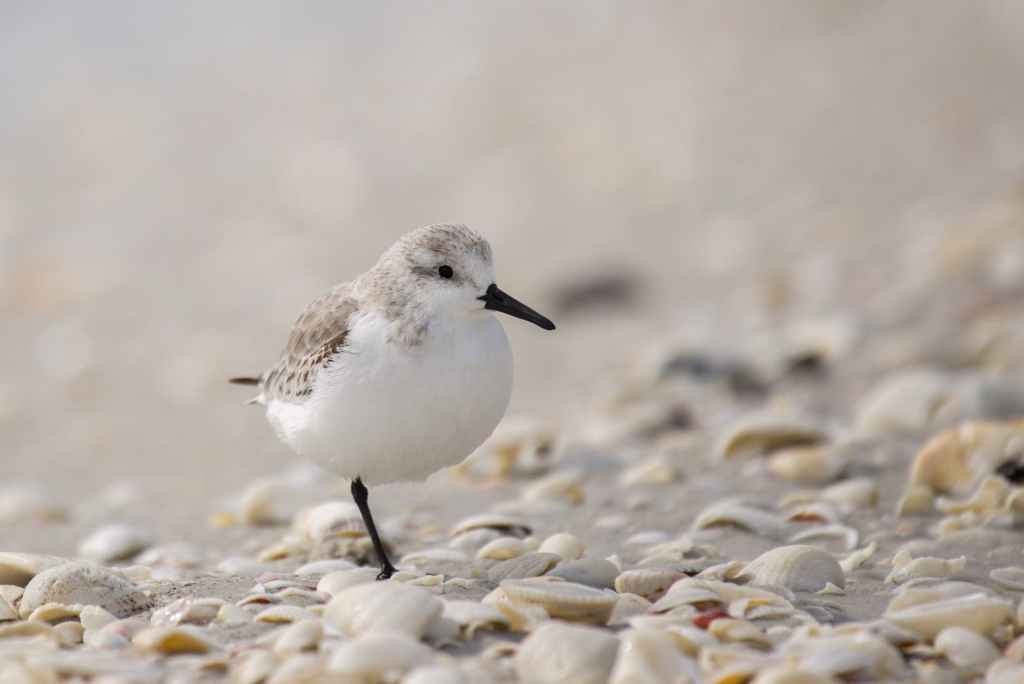
I was born in the sixties in the town of Gladstone, Michigan. Gladstone is located in Michigan’s vast upper peninsula, about an hour and a half away by car from Spread Eagle, Wisconsin. I have only a few memories from Gladstone.[1]In 1971 my dad accepted a call to pastor a church in Cromwell, Connecticut.
By the time I arrived, my parents had embraced fully the free-range style of parenting championed by the widely popular Dr. Benjamin Spock.
“Hoping to enhance psychoanalysis in the pediatric world, Benjamin Spock authored a book called The Common Sense Book of Baby and Child Care. The book, which was released in 1946 and soon became a best seller, encouraged free-range parenting with the hopes of implementing Freudian philosophy into child-rearing.”[2]https://en.wikipedia.org/wiki/Free-range_parenting.
My parents were not alone in jumping on the Dr. Spock bandwagon. Indeed, Gen X is commonly referred to as the latch-key generation. “As children in the 1970s and 1980s, a time of shifting societal values, Gen Xers were sometimes called the “latchkey generation”, which stems from their returning as children from school to an empty home and needing to use a key to let themselves in.”[3]https://en.wikipedia.org/wiki/Generation_X
Loren and Ingrid embraced free-range parenting and took it to new heights. For example, a stranger found my sister Susie, at the tender age of five years, wandering alone in the afternoon on our busy street and brought her to the parsonage to a very surprised Ingrid.
I have a scar still visible on the top of my left hand from a third degree burn. I earned this scar ironing clothes completely on my own. I had seen my mom do this before and I just wanted to help. The ironing board was too high for a toddler to reach, but I quickly solved that problem by scooting over a chair. I’m not sure what my mom told the emergency room doctor about what she was doing at the time of the accident, but she wasn’t there.
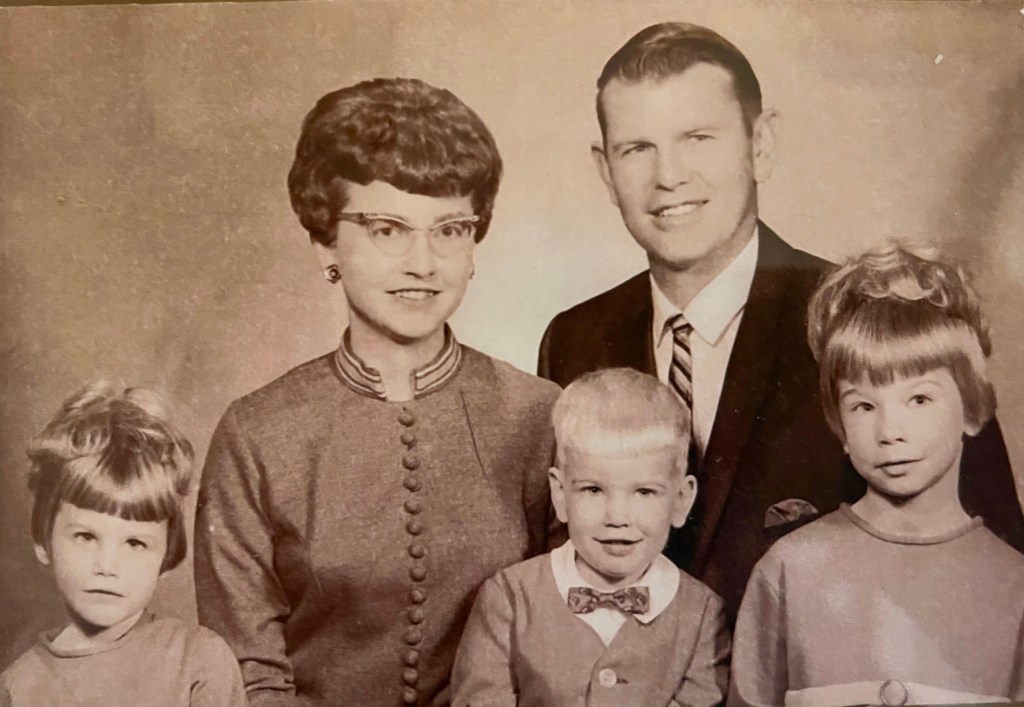
I picture me as a small child trying to figure out what the heck was going on with parents who were publicly organized and responsible, but privately distracted and careless. I’ve said it before: I knew that my parents loved me. I also knew at an early age that I was very much on my own.
This describes the situation really well:
[W]e become confused and suspicious. We stop trusting and begin to count only on ourselves. We do this out of a need to protect ourselves from the emotional pain that results from our parents’ inconsistency. What we come to know is that the only thing for sure is that nothing is for sure . . . . When our parents tell us lies and make promises to us they can’t or won’t keep, we begin to question our own worth. The child wonders, “Do they treat me that way because they don’t love me?” If a child lacks trust in his parents’ love, then it’s not difficult to imagine how he might begin to feel insecure within himself and end up developing a real fear of abandonment in all his relationships.[4]Subby, Robert C.. Lost In The Shuffle: The Co-Dependent Reality (pp. 41-42). Health Communications Inc. Kindle Edition.
The result for me, growing up in a hands-off environment, was persistent insecurity, anxiety and extreme people pleasing behavior hard wired deep into my soul.
Unable to count on our parents’ approval, and fearful of abandonment, we sought out new and indirect ways of getting our needs met. Conscious or otherwise, we began to manipulate others to give us validation and love. Believing that who we are inside is not good enough or deserving enough, we hide our unacceptable selves. We learn to do those things which we think will bring us approval from others. Once in place the private logic of “I am not okay” becomes the self-defeating foundation of our shame.[5]Subby, Robert C.. Lost In The Shuffle: The Co-Dependent Reality (p. 42). Health Communications Inc. Kindle Edition.
Fast forward to our family. When our girls were young, on Saturday morning we would play with their Playmobil sets. Sifting through the pile of plastic pieces strewn across the family room floor, I would attach a lamp from the Playmobil barn to the horn of a Playmobil cow, making a bovine laser. Pew pew pew! We would all laugh together and be silly. Like all dads, I missed the mark sometimes. But on Saturday morning our girls knew that we were together, things were ok, and that I loved them.
Comments from Tim’s cousin, Kurt Elia, in response to this post:
“Another good post, Tim. It really is something to look back on how we were parented through the eyes of who we are today, and give thought to how we have parented our own kids. It’s a witch’s brew of so many things: hands-on vs hands-off philosophy, what society is telling us at that moment, the personalities of each individual kid, and the psychological issues that the parents are going through. No single thing on its own can explain the ultimate result, but it is really helpful to go back and try to understand each element.
I look back on my own parenting and can think of plenty of things I wish I had done differently. Ironically, I often wish that I had been *less* hands-on with the kids, as there is a certain self-reliance and confidence that is born of giving kids the space to solve their own problems. I think that one of the reasons for the anxiety epidemic that teenagers today are experiencing is that parents in our generation tried to protect them too much from the world, and so they never developed their own sea legs.
I guess the most important thing is love, and how that love is born out through real conversations with kids, and consistency in word and deed. Another key element is making real apologies to our kids when we (inevitably) screw up from time to time. It is amazing what people will forgive if you give them the chance, and more importantly, if they know that you know that what you did was wrong, they know that you respect them and they are less likely to develop the kind of dysfunctional view that they are somehow to blame and need to work harder to please us.
It’s funny, the more I think about parenting, the more it seems like many of the same lessons for being a good leader apply to being a good parent.
Parent: Make sure you kids know you love them unconditionally
Leader: Make sure your team knows you have their back
Parent: Teach and coach your kids to help them learn from their mistakes. Don’t do everything for them. Balance support with challenge.
Leader: Teach and coach your team to help them learn from their mistakes. Don’t micromanage.
Parent: Set clear rules for what constitutes acceptable behavior, and consistently call people out (including yourself) when they violate those rules. Do this in a way that explains why violating these rules is bad for the kids individually and for the family as a whole.
Leader: Ditto
Parent: Expect your kids to do their best, but don’t punish them for failing to achieve the desired result. Focus on what motivates your kids (the “why”) and the things they are doing to try to achieve it (the “how”), not how good or bad the outcome is right now (the “what”).
Leader: Teach and reward good consistent process, and let the results take care of themselves.
Parent: Remember your kids are always watching you and will emulate your behavior for better or worse.
Leader: Lead by example.
Parent: Remember you have more power and experience than your kids. Be patient with them. Don’t be petulant. Take the hits they can’t. Be the bigger person. Seek to understand. Be slow to anger.
Leader: Give your team all the credit, and take all the blame yourself.
I could go on, but you get the point. Too bad we only learn this stuff after our days of leading and parenting are mostly behind us!”
References
| ↑1 | In 1971 my dad accepted a call to pastor a church in Cromwell, Connecticut. |
|---|---|
| ↑2 | https://en.wikipedia.org/wiki/Free-range_parenting. |
| ↑3 | https://en.wikipedia.org/wiki/Generation_X |
| ↑4 | Subby, Robert C.. Lost In The Shuffle: The Co-Dependent Reality (pp. 41-42). Health Communications Inc. Kindle Edition. |
| ↑5 | Subby, Robert C.. Lost In The Shuffle: The Co-Dependent Reality (p. 42). Health Communications Inc. Kindle Edition. |



